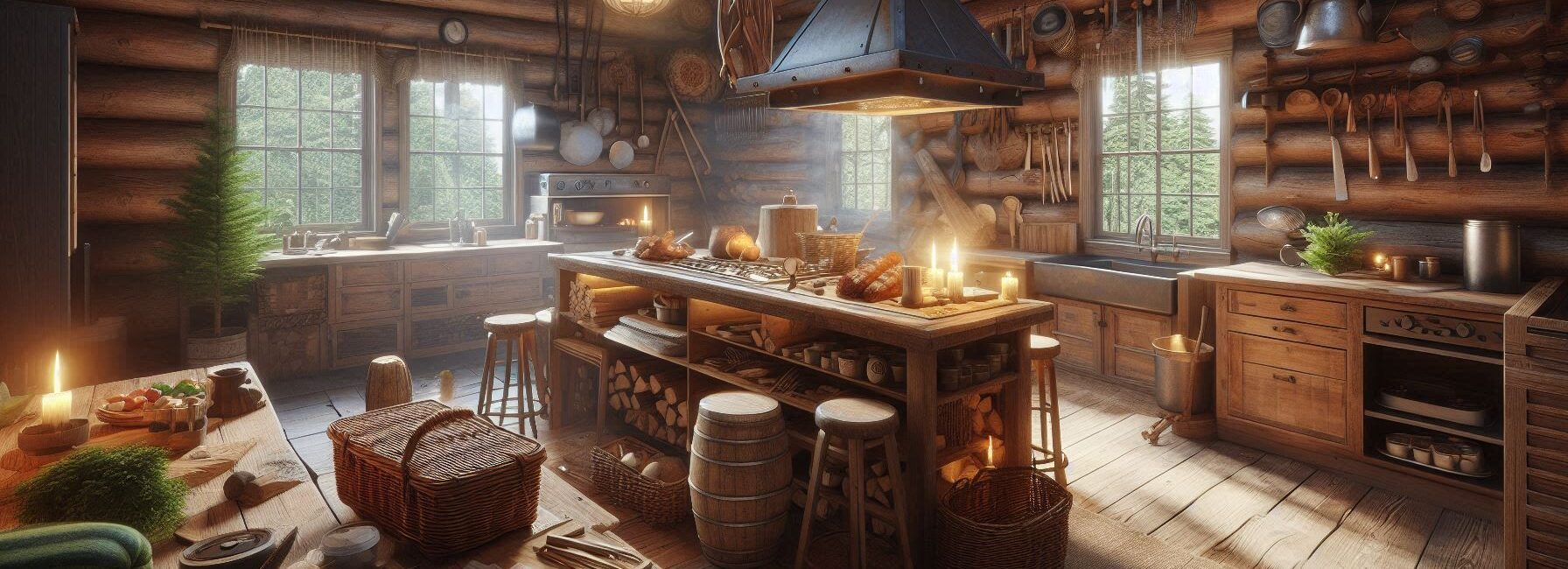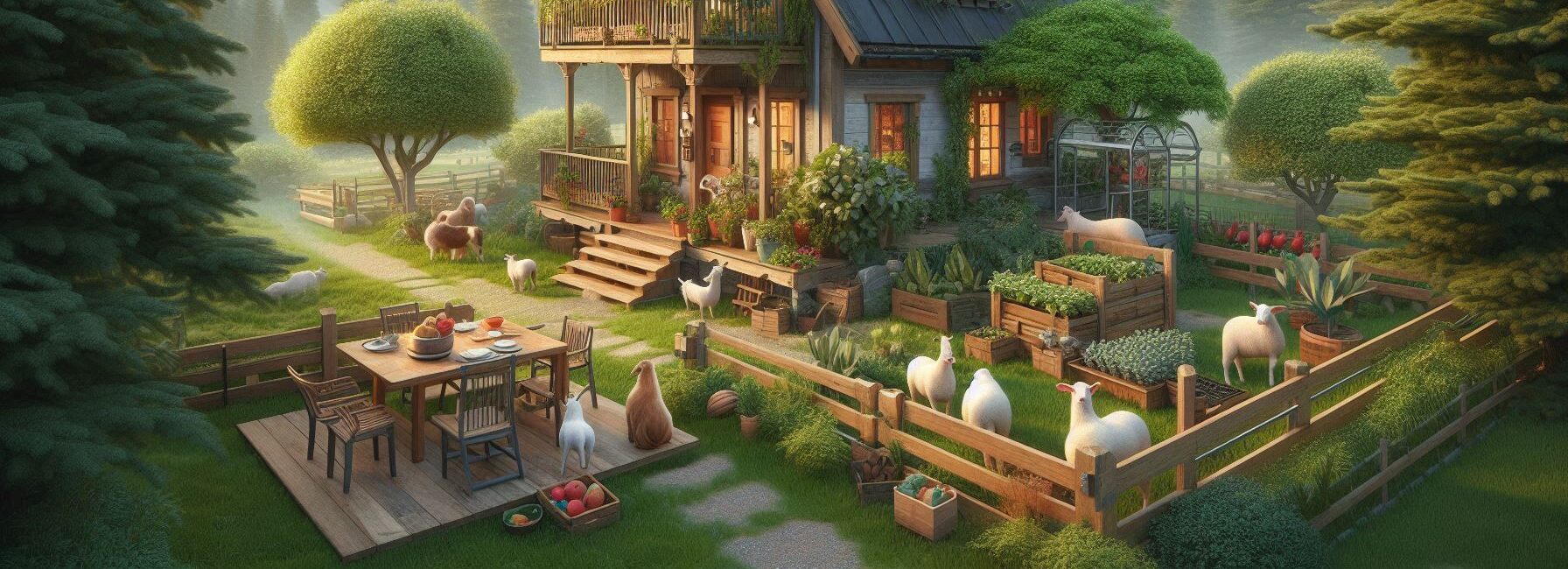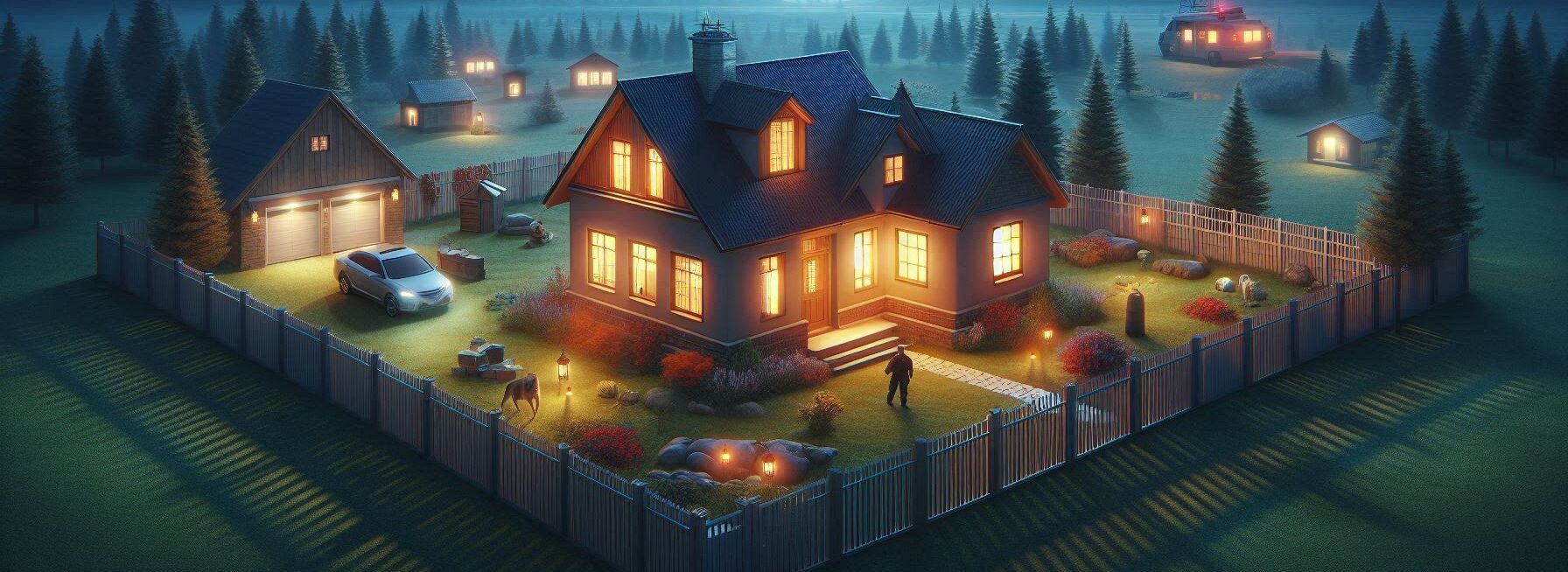Please Note: This post may contain affiliate links. If you click one of them, we may receive a commission at no extra cost to you. As an Amazon Associate, I earn from qualifying purchases.
Last Updated on November 2, 2025 by Kevin Collier
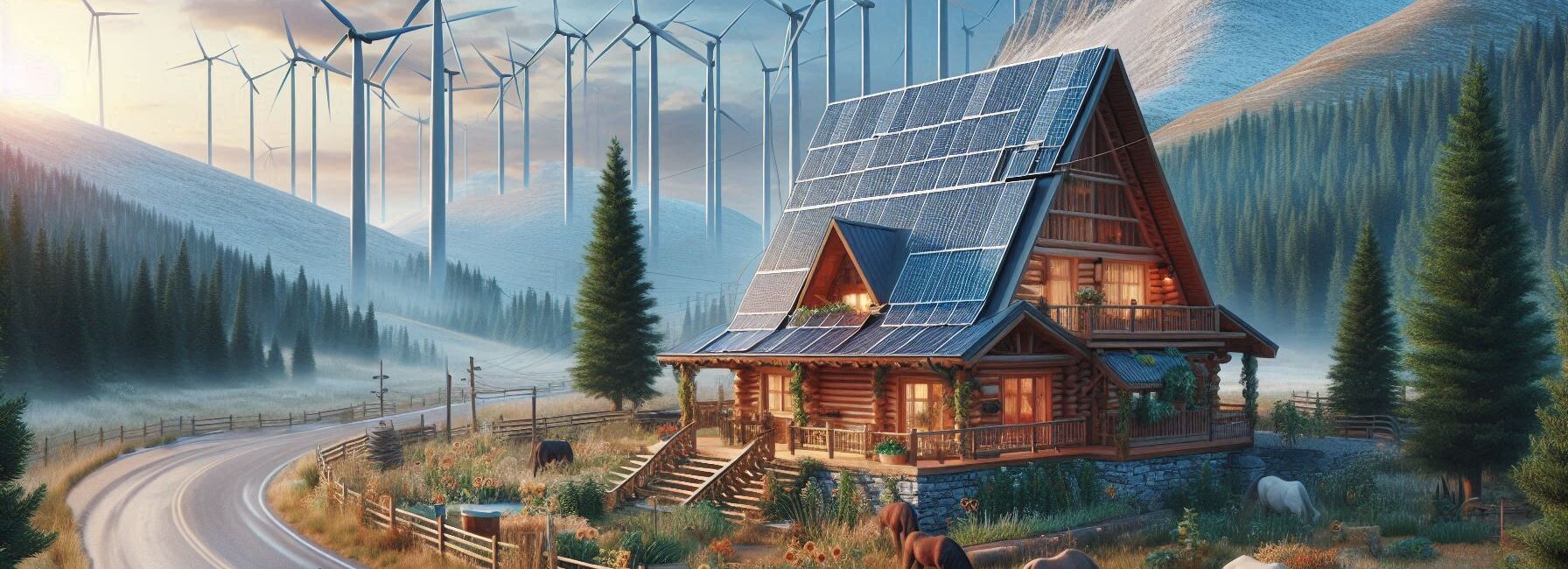
Top Takeaways and Key Concepts
- List all appliances and calculate their energy usage to plan system size.
- Choose renewable sources based on location: solar, wind, hydro, or biomass.
- Design your system layout before installation to optimize space and efficiency.
- Install quality batteries and monitoring tools to store and track energy.
- Perform regular maintenance on panels and turbines to ensure consistent performance.
So, you’ve decided to ditch the grid and embrace homesteading? That’s awesome! Imagine the fresh eggs, yummy veggies, and maybe a few nighttime raccoon visits. It’s going to be quite the adventure!
Before you get lost in all that fun, we need to chat about energy. You know, that magic stuff that makes your coffee maker hum and keeps your Wi-Fi running. Who doesn’t love a warm cup of coffee while checking in on the latest cat videos? But if you’re going for that full-on hermit life, maybe we’ll save the Wi-Fi for later.
Creating your own energy system is super important. Think about solar panels. They soak up sunshine like a big, happy sponge. You can use that energy to power your fridge and keep those fresh veggies cold. Plus, you’re being nice to Mother Earth.
You might also want to look into wind turbines. They’re like giant pinwheels that catch the breeze. They can help keep lights on at night. Just imagine the twinkly lights in your cozy living room after a fun day in the garden.
You can even think about making a little bioenergy setup. Kitchen scraps can turn into fuel. How cool is that? It’s like giving a second life to your potato peels while keeping your space powered up!
It could feel a little too much to get started. You might run into some problems, including figuring out how to put everything together. It's fine to start small. You don't have to finish it all in one day.
The idea is to maintain enjoying those familiar amenities while being in touch with nature. You’re making a significant change, and it’s entirely appropriate to ask for help along the way. Talk to those who have done it. Over coffee, share tips and tricks.
Are you ready to start this homesteading adventure? You can cultivate your own food, play with the raccoons, and keep your home warm all at the same time. That's pretty cool, right? Let's go on this journey together!
Contents of This Page
*** Shop for Survival Gear - Tools - Kits ***
Survival Gear - Bags and Backpacks - Knives - Boots/Footwear - Communication
Outdoor Cooking - Gloves - Hydration - Dry Boxes - Water Filtration Systems
Tents - Sleeping Bags - First Aid Kits - Multi-Tools - Flashlights - Fire Starters
Navigation - Survival Food - Night Vision - Headlamps - Stun Guns - Binoculars
Understanding Your Energy Needs
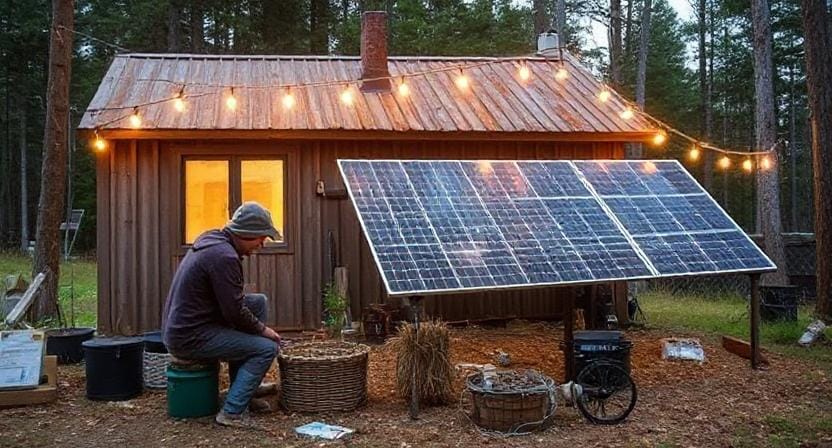
First things first, let's figure out what you really need. It may sound like a math problem from a textbook, but please bear with me!
Make a list of all the appliances and gadgets you want to utilize first. This includes anything from your refrigerator (yes, it needs power) to the sophisticated blender you use to make smoothies with kale you produce in your backyard.
Next, figure out how much power each device uses. There is generally a small label on the appliance that has this information on it. It's like the secret place where all of our socks go.
Did you know that the average refrigerator needs 150 to 200 watts of power every hour? That's not that horrible until you remember that it runs all the time. When you multiply it by the number of hours in a day, it feels like you're powering a small metropolis.
Knowing how much energy you need will help you choose renewable energy sources later on. After all, no one wants to have enough solar panels to light a whole festival!
Picking Renewable Energy Sources
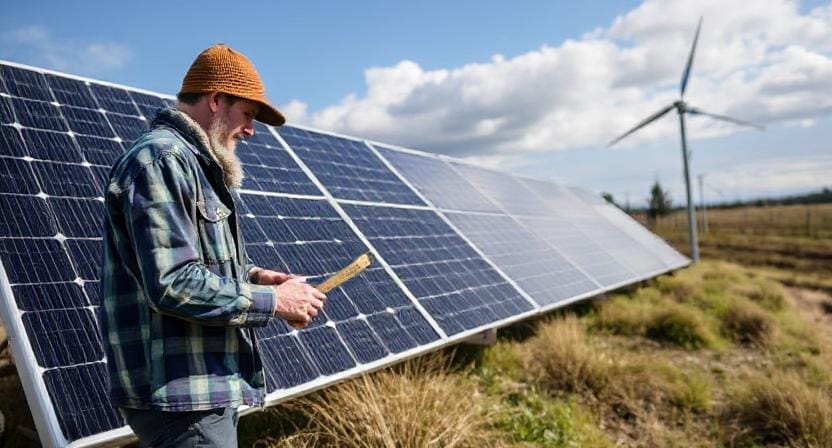
Now comes the fun part: picking the renewable energy sources that will work best for your home. There are a few choices; let's look at them one by one:
1. Solar Power: This is by far the most popular choice! Solar panels take in sunshine and turn it into electricity. It's so fantastic that even my houseplants are impressed (they simply stand there silently condemning me otherwise). If you live in the right place, putting up solar panels can cut your electricity bills by a lot or possibly get rid of them completely.
2. Wind Power: If you live in a place where the winds are steady and there aren't any irate neighbors, wind turbines could be a great way to make sustainable energy. Picture yourself outside watching those blades whirl and feeling like you're in the middle of an amazing movie scenario.
3. Hydropower: If you live near a stream or river, you might want to look into micro-hydro systems. They are like small dams that make power without taking over whole areas like their bigger relatives do.
4. Biomass: This alternative uses organic resources like wood chips or farm waste to heat things up or make biofuels. If you have more vegetable scraps than you know what to do with, that's excellent!
You should conduct some study before making any judgments because your budget and the weather in your area will affect whether you choose one source or combine several.
Making Your Energy System
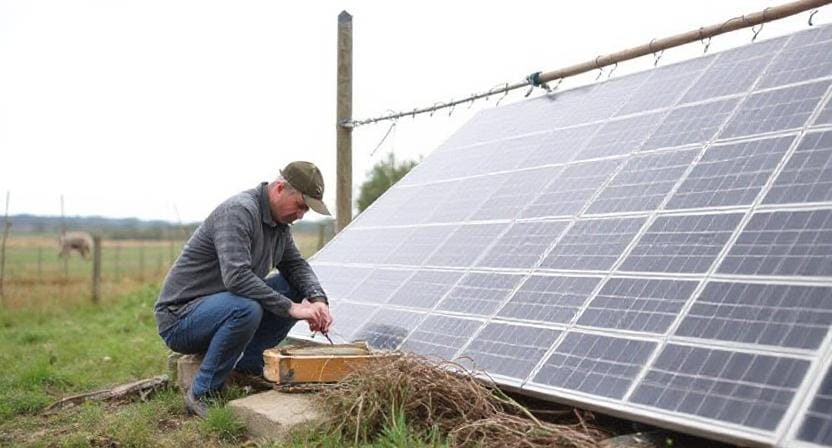
It's time to start designing once you've decided which renewable sources suit best with your lifestyle goals. Think about how these technologies will fit into daily life without making things a mess like science experiments that went awry.
To begin, draw a rough design of where each part will go. For example, solar panels should be placed on rooftops where they won't be in the way of trees, and wind turbines should be situated away from residences so they don't produce unexpected “hair dryer” moments during storms.
Next comes wiring, which is something everyone likes but no one really gets (right?). If you connect everything correctly, the power you generate will flow smoothly through your home without producing meltdowns like those in awful 80s sitcoms about broken electrical systems!
Batteries are also quite important when it comes to storage. Buy good battery banks that can store extra power made at peak production periods. This way, you won't be sitting in the dark at night wondering why no one told you not to binge-watch “too much.”
Checking and Fixing
Okay, you've set up this great system. How can we keep an eye on it? Monitoring is very important because nothing ruins a peaceful evening faster than finding out that half of your lights are flickering because your solar panels are dirty or your batteries aren't working right.
Investing in monitoring tools can help you keep an eye on performance measures over time. For example, instead of having to go down to a dark basement full of cobwebs to get temperature readings and voltage outputs, you could have them right in your living room!
Regular maintenance is also important. If you don't want to have bird parties with droppings all over the place, make sure you clean those solar panels often.
Living Off the Grid
Finally, and this is key, see living off the grid as an adventure instead of just putting up with problems. There will be problems along the way, like figuring out how hard it is to find good pizza delivery alternatives, but think about all the good things that come from living a more self-sufficient and eco-friendly existence.
When you cook with ingredients you grew just outside your door, you can be creative and enjoy the beautiful weather. Plus, you can power everything using systems you developed yourself. It doesn't get much better than that!
At first, it could seem hard to build a sustainable energy system. It's like attempting to piece together a gigantic puzzle without a picture to help you. But once you have the hang of it? Wow, it's great!
Just give it some thought. You will feel proud, like you have found a secret superpower. You will be in charge of every little watt that moves across those lines. Picture the brilliant lights in your nice apartment, which you worked hard to get. That's quite neat, don't you think?
You have more control with each step you take on your path. You are saying yes to a better planet, clean energy, and new choices. You don't have to wait for the electricity provider to do things for you anymore. You can do this!
There could be hiccups in the road, though. Maybe the panels won't fit right or something won't connect. It's fine. Learning is a part of the agreement. Even trying things out and making mistakes may be entertaining. It's like doing a science experiment in your own yard.
There's no need to hurry. Enjoy the process and take your time. As you build each part, feel the pride.
So, go ahead and jump into this energy adventure. Take on the challenge. You're not just making a power source; you're making the world and your own future better. That's a story that has to be told!
Frequently Asked Questions
How do I calculate how big my energy system needs to be?
Make a list of every appliance you plan to power and total their watt usage to estimate daily consumption and system capacity.
Which renewable source is best for most homesteads?
Solar is most common because it is widely available, but wind, hydro, and biomass may work better depending on climate and geography.
Do I need batteries for an off-grid setup?
Yes, batteries store excess power for nighttime or low-production hours and help ensure energy reliability.
Is it possible to mix multiple renewable sources?
Yes, hybrid systems combining solar, wind, or hydro can improve consistency and reduce downtime when weather conditions fluctuate.
How important is correct system layout?
A planned layout maximizes sun exposure, reduces wiring issues, and improves overall efficiency before installation begins.
What maintenance does a homestead energy system require?
Panels and turbines should be inspected and cleaned regularly, and monitoring tools should be used to track performance changes.
Can beginners build a sustainable system themselves?
Yes, many start small and learn as they go, but professional guidance may help when wiring or battery banks become complex.
Suggested Resources:
Building Your Own Solar Panel
https://www.buildyourownsolarpanel.com
The Complete Guide to Wind Turbines
https://www.windturbineguide.com
Micro-Hydropower Systems Explained
https://www.microhydropower.net

Kevin Collier is a seasoned survivalist and expert in prepping and homesteading, contributing to WiseSurvive.com. With a deep-rooted passion for self-sufficiency and outdoor survival skills, Kevin shares practical advice, strategies, and resources to help individuals prepare for any challenge. His informative articles cover a range of topics, from essential survival techniques to sustainable living practices, empowering readers to thrive in any situation. Whether you're a novice or a seasoned prepper, Kevin's insights will inspire you to take charge of your readiness and build resilience for the future.

